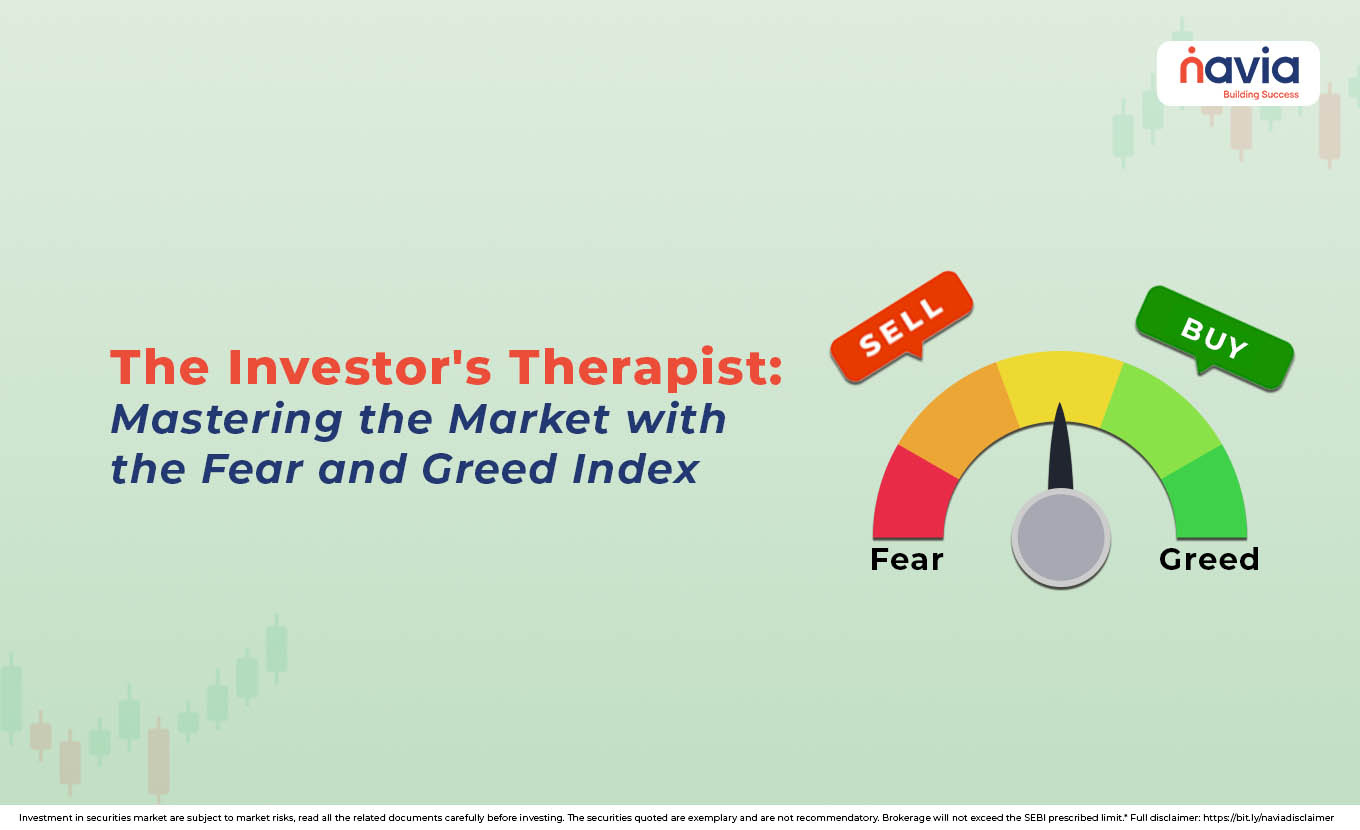Difference Between Value Stocks and Growth Stocks

Investing in the stock market, the investor can choose various investment styles; the popular approaches are; value stocks and growth stocks. So, it is necessary to understand the difference between value stocks and growth stocks. Because if they want to align their portfolio with personal goals and risk tolerance, they have to know about both terms.
In this blog we are talking about both styles, comparing their performances and helping you decide the better one for your trading.
What are Value Stocks?
Value stocks are the shares of companies that appear undervalues based on their financial metrics, that include;
🠖 Price-to-earnings ratio (P/E)
🠖 Price-to-book (P/B)
🠖 Dividend, etc.
Compared to high-growth stocks, value stocks have stable earnings and lower growth expectations, so it is suitable for medium to long-term investment.
What are Growth Stocks?
Growth Stock includes the companies they are expected to grow earnings faster than the market average. They will reinvest profits into the business, trade at high valuations, and operate dynamic driven sectors like tech, biotech, etc.
In simple words, as the name suggests, investors prioritize future potential over current profitability.
Value vs. Growth Stocks: Main Differences
The table below will help you to understand why value stocks vs growth stocks attract very different investor types.
| Feature | Value Stocks | Growth Stocks |
| Definition | Value stocks are shares of companies that trade below their intrinsic value, often offering strong fundamentals and consistent dividends. | Growth stocks are shares of companies expected to grow earnings or revenue at a rate faster than the market average. |
| Price Metrics | Lower price to earnings ratios | Higher price to earnings ratios |
| Earnings | Stable | Rapidly Growing |
| Dividends | Often pays dividends | Usually no or low dividends |
| Risk | Lower | Higher |
| Investment Timeframe | Medium to long-term | Long-term |
| Company Characteristics | Mature companies | Young or rapidly expanding companies |
Performance of Growth Vs Value Stocks
Long-term Performance:
Value stocks outperformed during bear markets and offered stability and dividend income to their investors. But in growth stocks surged during bull markets like tech booms.
Recent Trends:
In the phase of high innovation and low interest rates, growth stocks have often outplaced value stocks. When markets favor stability or interest rate rise value investing vs growth investing dynamics shift toward value stocks.
Volatility:
Growth stocks can swing sharply because of the changing sentiment while value stocks tend to be steadier.

Factors to Consider Before Choosing Between Value or Growth Stocks
🠖 Value stocks are steadier at risk, but Growth stocks carry higher volatility risk.
🠖 Value stock can only work in medium to long-term, but Growth stock fits for longer timelines.
🠖 Value often pays dividends to their investors, but Growth prioritizes reinvestment.
🠖 Even though Value Stocks need fundamental health, Growth Stock should show strong revenue/earnings plans.
🠖 Both can reduce overall portfolio risk and capture upside growth.
Conclusion
The selection of growth and value stocks completely depends on your investment style, timeline and market outlook. Value stocks offering income-oriented opportunities, but Growth stocks are more volatile and will deliver higher returns. Many investors opt for hybrid approach which means the blend of both value and growth that will compounding stability and upside potential.
Navia Markets with you to guide your trading path, so create your demat account with us and explore all the benefits.
Do You Find This Interesting?
Frequently Asked Questions
What is the difference between a value stock and a growth stock?
Value stock is priced lower than fundamental metrics suggest, offering dividends and stability, while a growth stock commands a premium based on future earnings.
What is an example of Value Stock?
Larsen & Toubro (L&T)—trading often at low P/E, strong order book, and reliable dividend yield.
What is an example of Growth Stock?
Tata Elxsi, which benefits from rising demand in automotive software and tech innovations, with double-digit revenue growth.
Is Growth or Value Fund Better for the Long-Term?
It depends on the market phase and your goals. Growth funds excel in bull markets, while value funds aim to protect capital and generate income.
How do I measure if a stock is value or growth?
Look at valuation ratios (P/E, P/B) and earnings growth rates.
For Value: low multiples, stable earnings.
For Growth: high multiples, strong growth.
Can a stock switch from growth to value?
Yes. It can transition, for example, once a high-growth company matures and slows, it may become a valuable investment.
Is it better to combine value and growth stocks?
Yes. A combination helps spread risk while capturing growth in booming sectors.
DISCLAIMER: Investment in securities market are subject to market risks, read all the related documents carefully before investing. The securities quoted are exemplary and are not recommendatory. Full disclaimer: https://bit.ly/naviadisclaimer.






